The English were barely given time to draw breath, before Douglas and Randolph both gave the order for their infantry to join those led by Edward Bruce. All three divisions charged down the escarpment, heading straight for the front lines of the English army.
Exhausted, stiff and some quite soggy from wading through the Bannock Burn to get there, the English weren't exactly quick on the uptake. The Scots plowed into them, coming dangerously close to Edward II himself.
As was the norm, the lethal Welsh archers began unleashing a volley of arrows onto their fellow Celts. But the bottle-neck configuration of the English front line - forced into being by the 'pots' lining the wayside - meant that their own side couldn't get out of the way fast enough.
The Welsh killed more English at Bannockburn, than they ever did Scots. Which has given more than one historian some pause for thought.
Nor could the English infantry make it through to relieve the knights fighting in brutal hand to hand combat. There was very little room to maneuver. For those trapped at the front, it was fight until death with no other possible recourse.






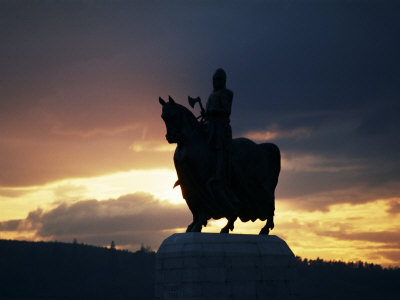
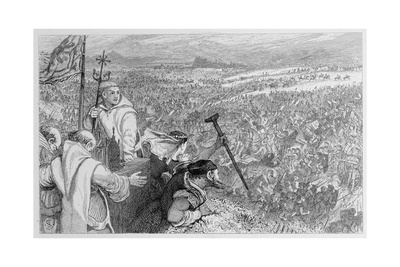



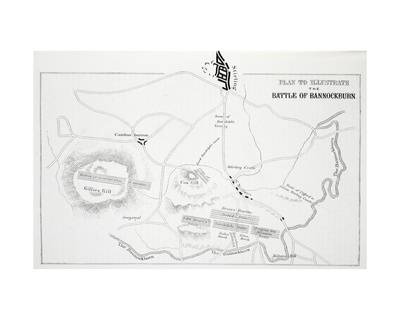
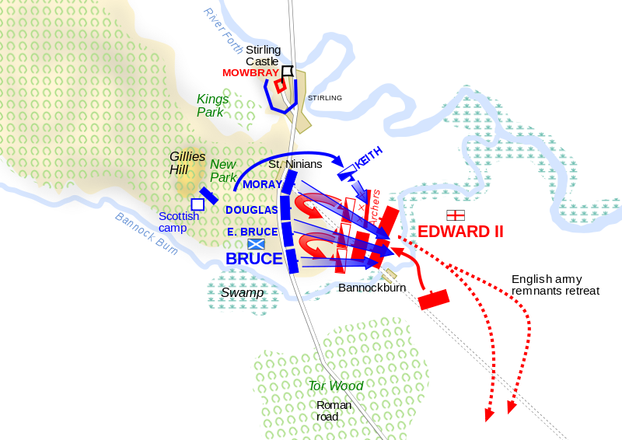










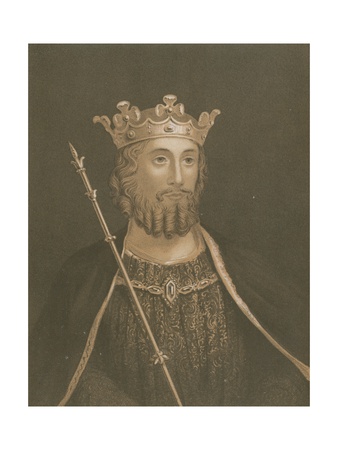



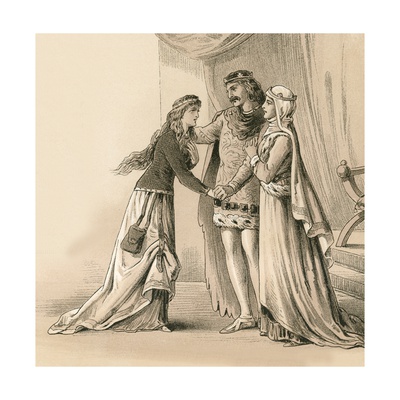




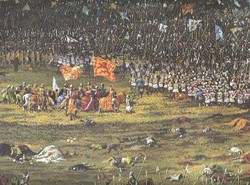

 St Tydecho's Churches in West Waleson 09/03/2014
St Tydecho's Churches in West Waleson 09/03/2014
 Goodies for an Outlander Premiere Partyon 03/06/2015
Goodies for an Outlander Premiere Partyon 03/06/2015
 Holocaust Memorial Day Interview with Rainer Höss, Grandson of Rudolf Architect of Auschwitzon 01/24/2015
Holocaust Memorial Day Interview with Rainer Höss, Grandson of Rudolf Architect of Auschwitzon 01/24/2015
 Romantic Valentine Gifts for an Outlander Fanon 01/16/2015
Romantic Valentine Gifts for an Outlander Fanon 01/16/2015

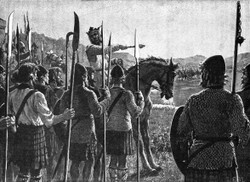
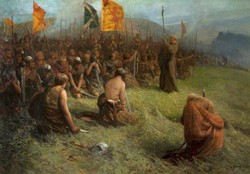
Comments
You've just aptly summarized, in two sentences, what it's taken me four articles to describe! LOL Good fight.
Yes, it did all come together brilliantly for the Scots. You can be quite suspect about Robert the Bruce's motives, but there's no doubt that his strategy was genius out there. The Scottish fought to win, and they succeeded.
"He had doubted from the beginning that it could be achieved," with the English army size I'd have felt the same!
I think the Scottish had a good bit of wit in their fighting, and the English a good bit of arrogance going in, they probably thought it was impossible that they'd lose. Seems those bits came together nicely for the Scottish.
Wow! Now that's what I call a good reaction. I'm glad that my Bannockburn series has been this... is 'enjoyable' appropriate in the circumstances?
Woot! Read all the rest last night and now the last bit has arrived! *goes to read*